Annual Retirement Savings & Tax Guide: The 'Cheat Sheet' 2023
by Murray Coleman - Monday, 16 January, 2023
Each year, the College for Financial Planning compiles a comprehensive list of contribution limits to everything from 401(k) plans and Individual Retirement Accounts to Medicare as well as health savings accounts.
As we did early last year, IFA has worked with the college to turn such tables for 2023 contribution limits into a series of graphics. It has also provided us with support from Mike Harris, a professor and chairman of the college's retirement studies department.
Below is a breakdown with some key contribution limits in 2023 as highlighted by Harris. It's designed to act as a sort of 'cheat sheet' for you to discuss different financial and investment-related matters with IFA's team of wealth advisors and tax planners. (Note: The 2022 cheat sheet with a detailed listing of last year's limits can be found by clicking here.)
Retirement Plans
In 2023, elective deferrals to workplace retirement savings programs such as 401(k) and 403(b) plans are going up by $2,000 to $22,500 a person for those under the age of 50. For those aged 50 and up, a worker can still contribute an additional $7,500, which is $1,000 more than in the previous year. That means total contributions for those aged 50 and older rise to $30,000 in 2023.
Also of note: IRA and Roth IRA contribution limits go up $500 this year to $6,500 per person. For those age 50 and older, the catch-up contribution holds steady at $1,000. Meanwhile, SIMPLE plan contributions rose by $1,500 per person in 2023 to $15,500 with the catch-up (50 or older) rising by $500 to $3,500 per person.
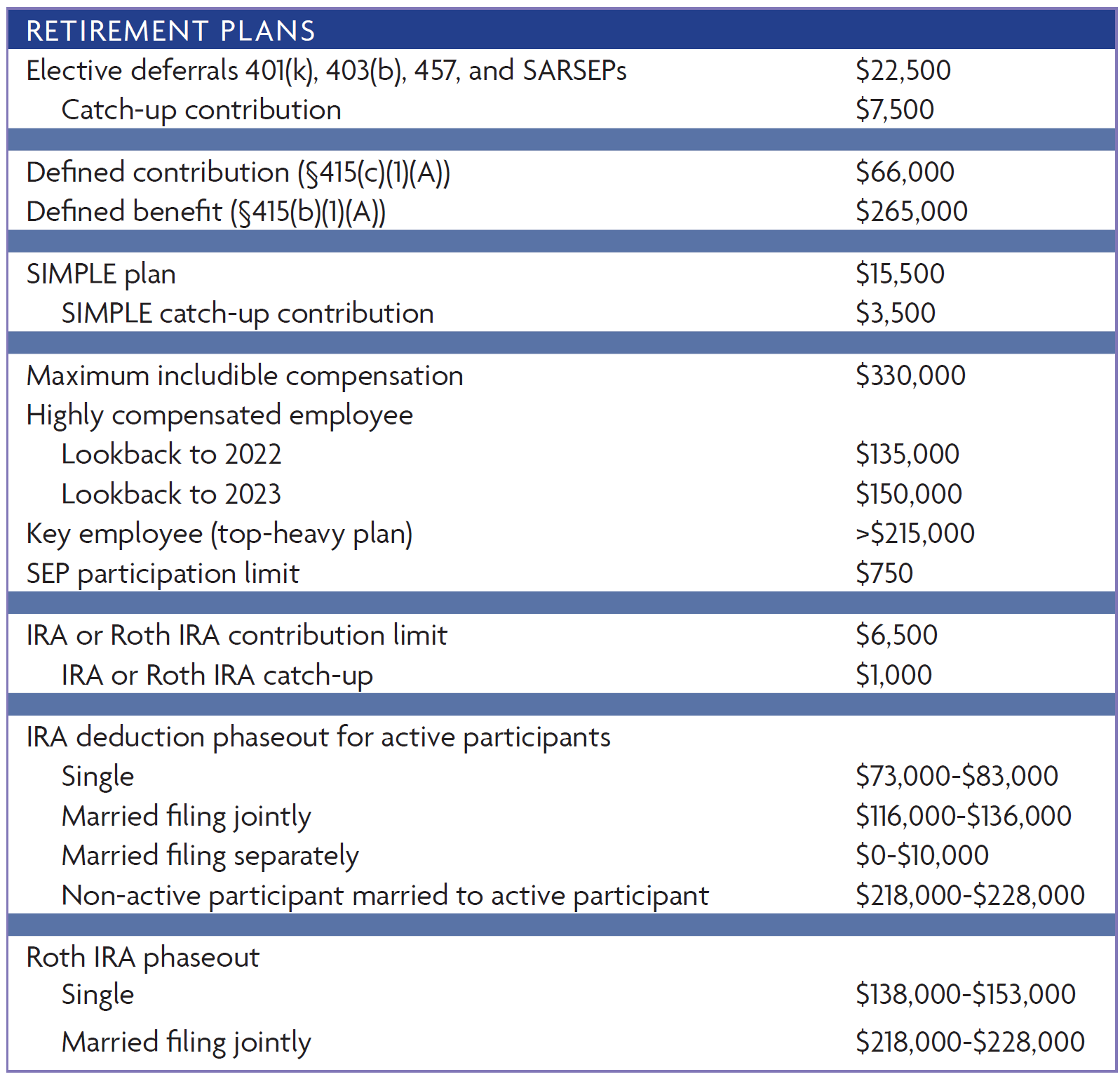
Social Security
In 2023, the taxable wage base went up by $13,200 to $160,200 a person. Another notable change was an increase of $282 a person to $3,627 in the maximum monthly benefit for a worker retiring at full retirement age (FRA). Meanwhile, Social Security's annual cost-of-living adjustment increased by 8.7%, which was an increase from 2022's 5.9% adjustment. (Note: FICA refers to the Federal Insurance Contributions Act and SECA is the Self Employed Contributions Act. Also, FRA stands for "Full Retirement Age.")
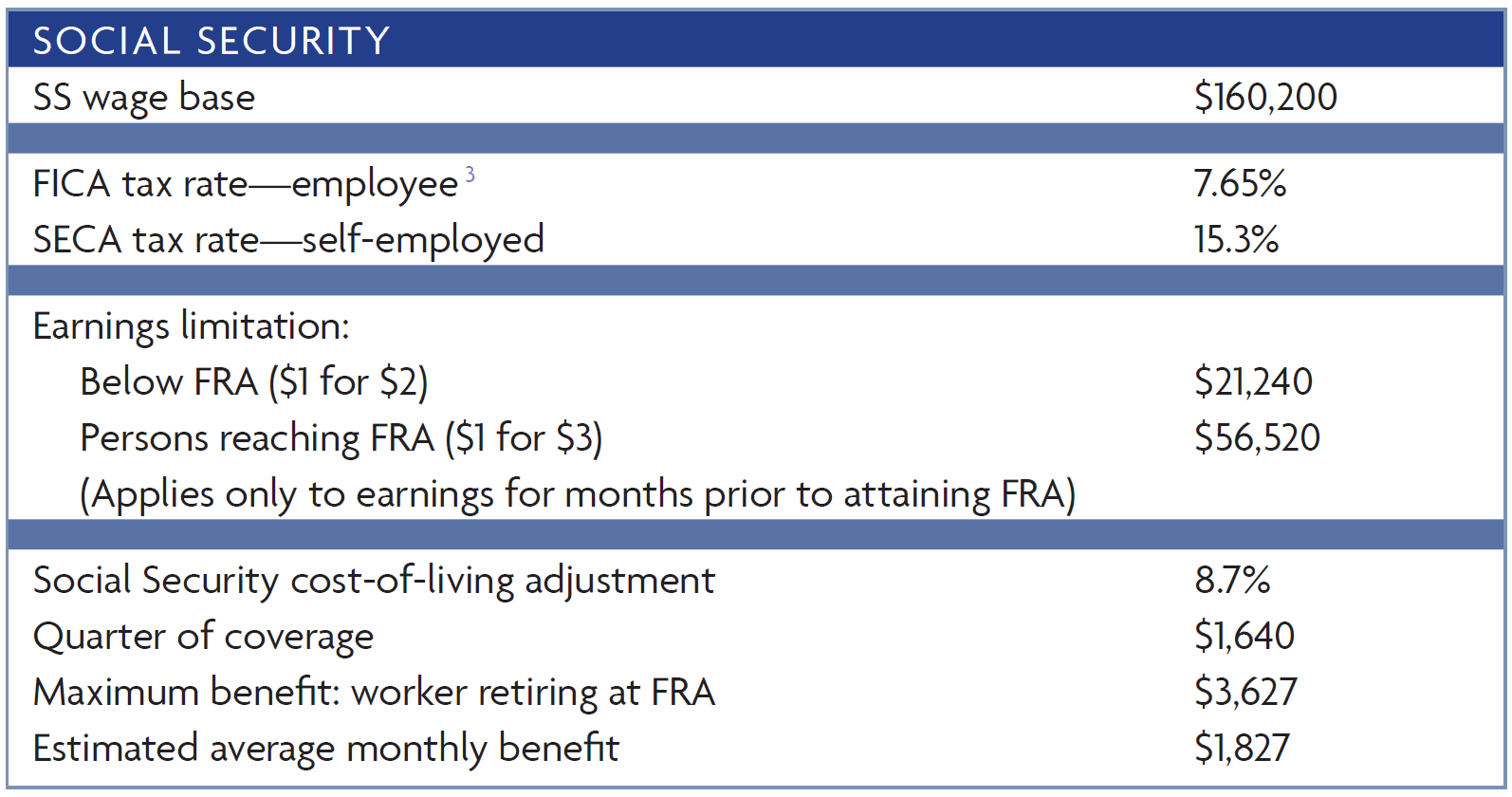
Estate & Gift Tax
The annual gift tax exclusion went up $1,000 per person to $17,000 and the maximum estate tax rate stayed at 40% in 2022. But the estate and gift tax exclusion rose to $12,920,000 from the previous year's $12.06 million. Also, the applicable credit amount increased in 2023 by $344,000 to $5,113,800.

Medicare
The Part A standard monthly premium in 2023 jumped to a maximum of $506 (from $499 in 2022). Meanwhile, the base Part B monthly premium fell to $164.90 (from $170.10). Skilled nursing care costs went up slightly in some cases, but the Part B deductible went down a bit ($226 in 2023 vs. $233 in 2022). In terms of Part D, the deductible went up to $505 (from $480). Also, the out-of-pocket threshold for Part D rose from $7,050 in the previous year to $7,400 in 2023.
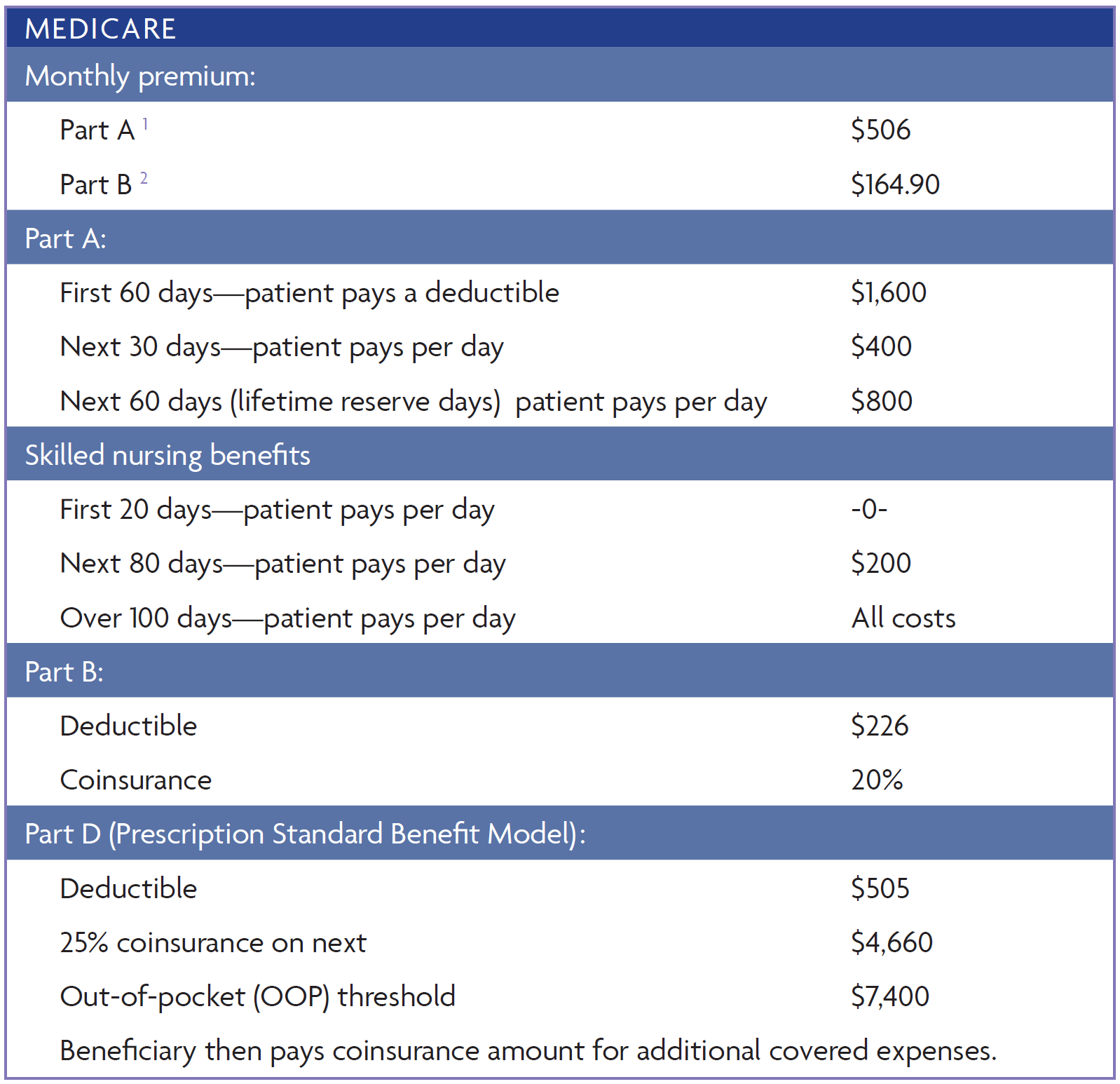
Health Savings Account
The minimum deductible amount for a single saver went up by $1,000 to $1,500 a person. For a family, it rose by $200 to $3,000. The maximum out-of-pocket amount has gone up — $450 more this year to $7,500 for a single person and $900 more to $15,000 for a family. The HSA statutory contribution maximum is also higher for a single saver ($3,850 vs. $3,650 in the previous year) and a family ($7,750 vs. $7,300). The catch-up contribution, however, for those age 55 or older stays at $1,000 in 2023.

Education
The exclusion phaseout for EE bonds used for education by single tax filers increased to $91,850-$106,850 in 2023. In the previous year, the range was $85,800-$100,800. For those married filing jointly, the exclusion phaseout for EE bonds rose to $137,800-$167,800 (from $128,650-$158,650). The phaseout levels for tax savings on a Coverdell Education Savings Account, both for single taxpayers as well as those who are married and filing jointly stayed the same in 2023. Those are: $95,000-$110,000 for single and $190,000-$220,000 for people who are married and filing jointly. As shown in the table below, the phaseout ranges for the Lifetime Learning Credit also stayed the same in 2023 at $80,000-$90,000 for individuals and $160,000-180,000 for those married and filing jointly.
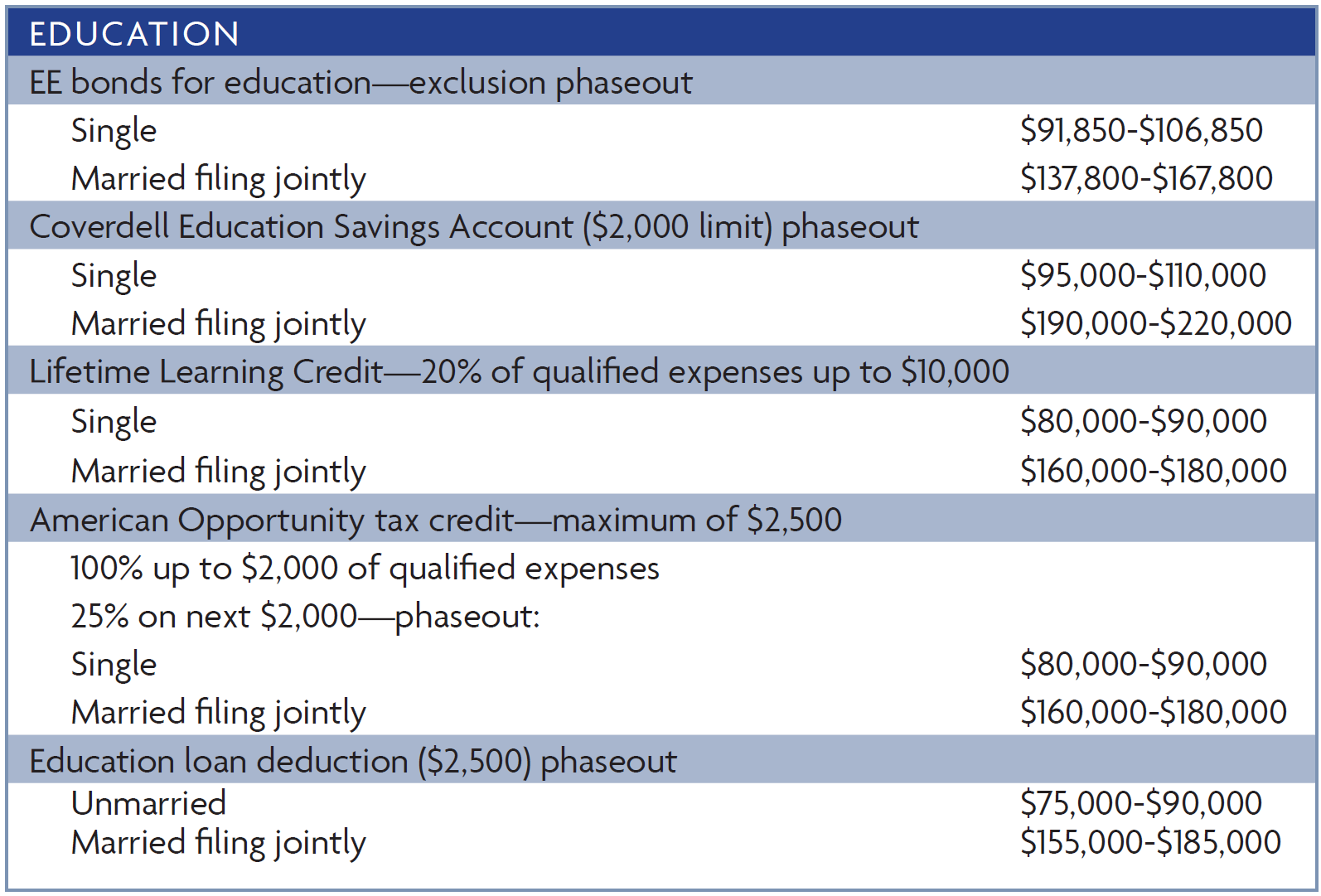
Income Taxes & Schedules
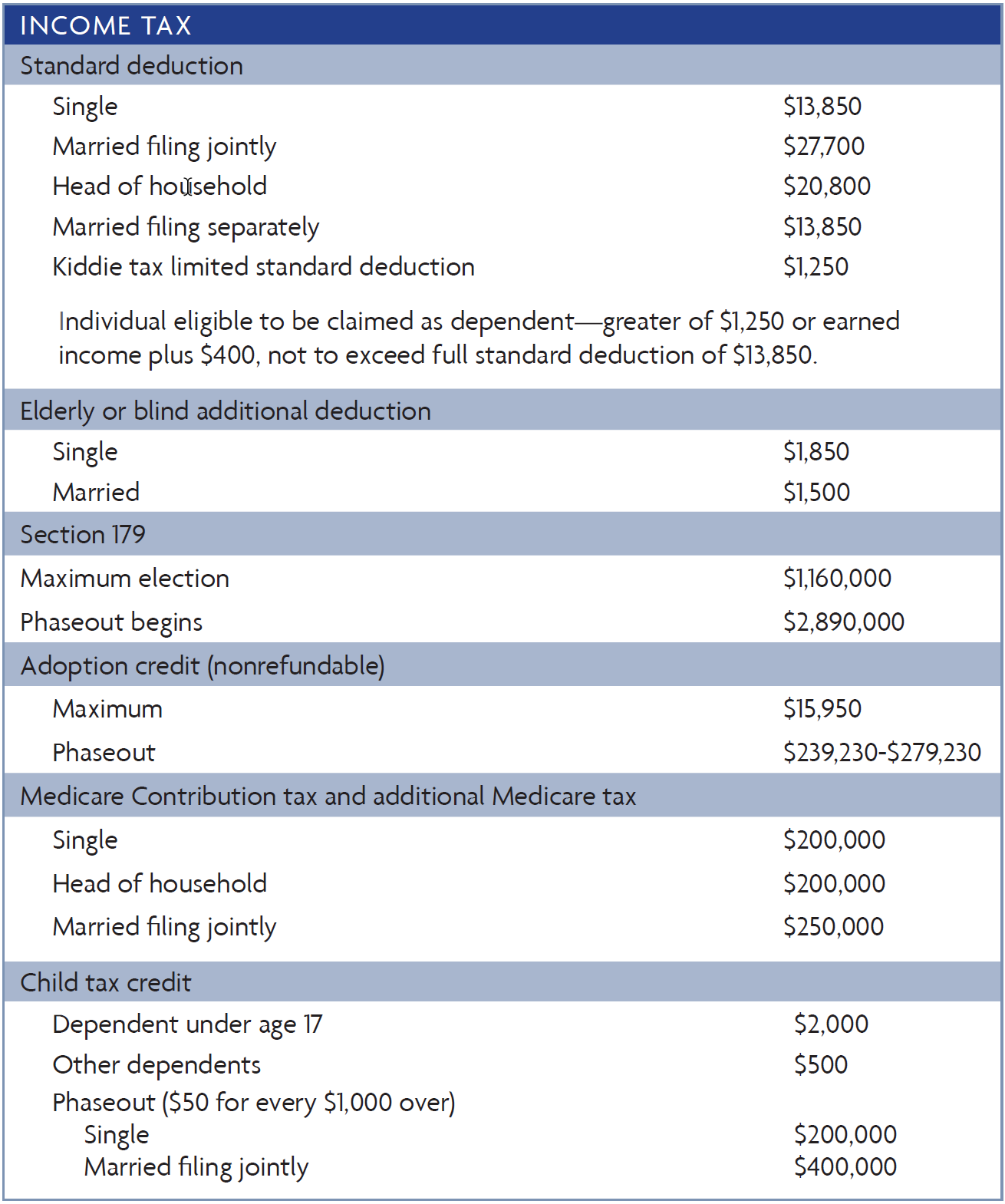
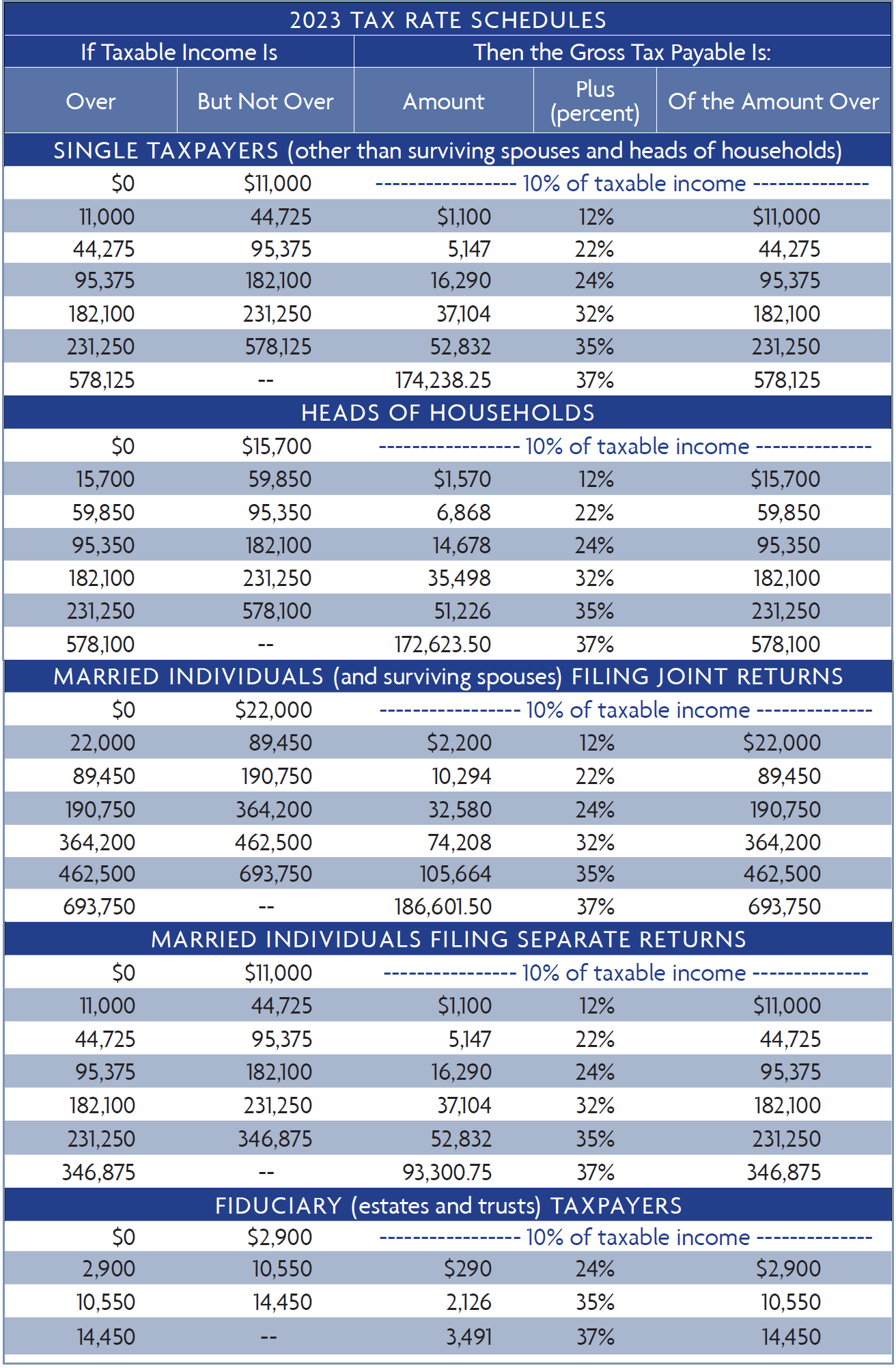
Other Items of Interest
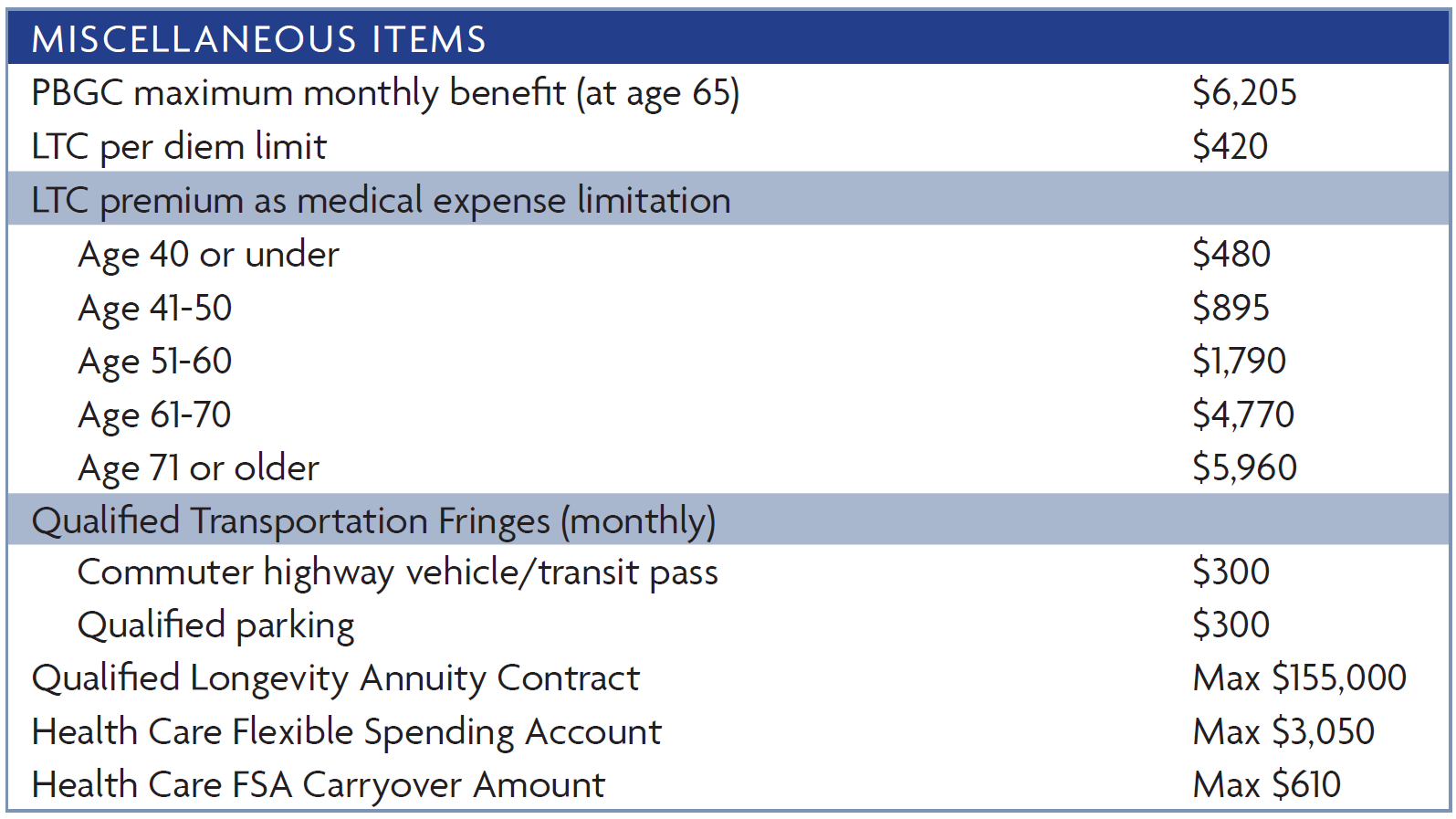

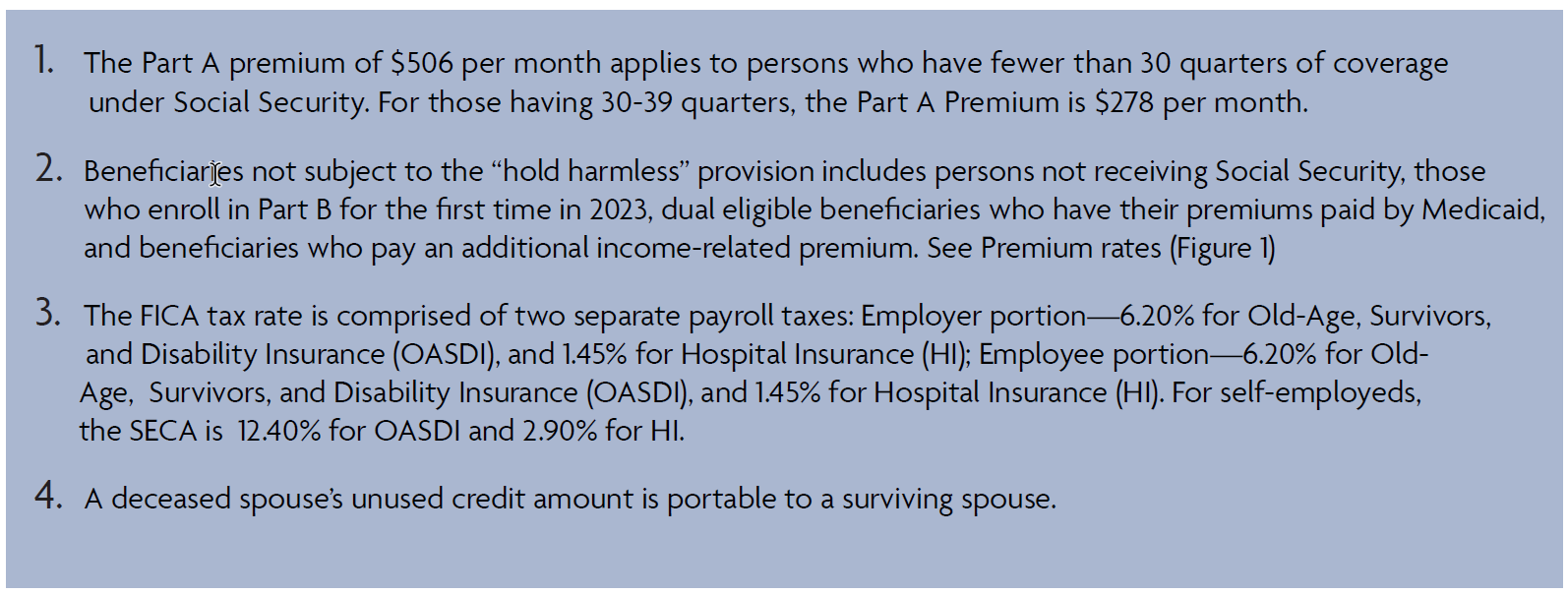
This is intended to be informational in nature and should not be construed as an offer, solicitation, recommendation, endorsement of any security, or tax advice. As a division of Index Fund Advisors, Inc., IFA Taxes provides a wide array of tax planning, accounting and tax return preparation services for individuals and businesses across the United States. IFA Taxes does not provide auditing or attestation services and therefore is not a licensed CPA firm. IRS Circular 230 Disclosure: To ensure compliance with requirements imposed by the IRS, we inform you that any U.S. Federal tax advice contained in this communication is not intended or written to be used, and cannot be used, for the purpose of (i) avoiding penalties under the Internal Revenue Code or (ii) promoting, marketing or recommending to another party any transaction or matter herein.
For more information about Index Fund Advisors, Inc, please review our brochure at https://www.adviserinfo.sec.gov/ or visit www.ifa.com.